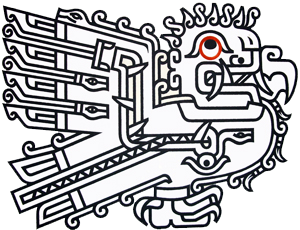Description
The adaptation to dry climates enables dromedaries to live in desert areas. They have the ability to go for long periods without water because they can store a lot of water in their bodies. The dorsal hump contains fat stores that the animal can burn to gain energy when food is scarce. Although the dromedary does not store water in its hump, it does store it in its stomach as needed. The kidneys reabsorb much of the fluid by concentrating the urine heavily. Most of the fluid is also removed from the faeces before excretion. In ten minutes, the dromedary can regain its body weight lost through sweating by absorbing water. - Ténéré - Niger - 1966





